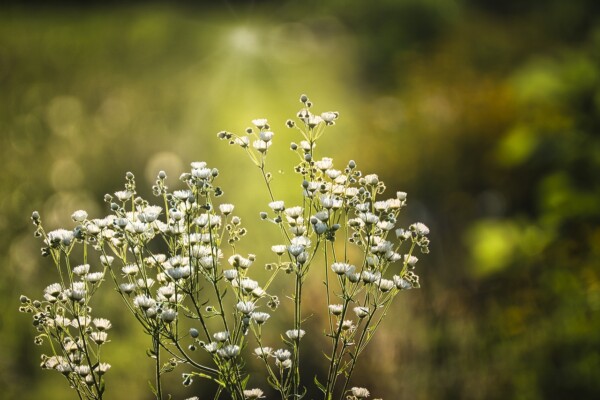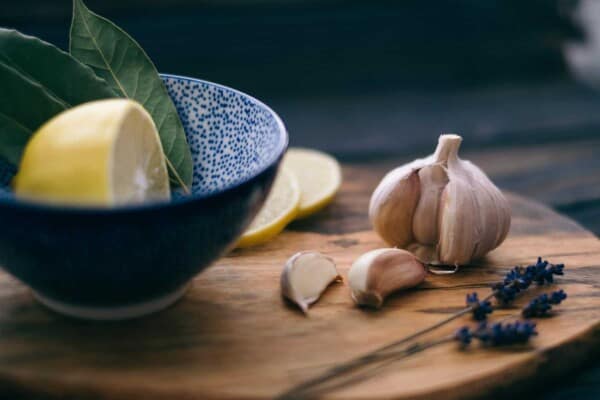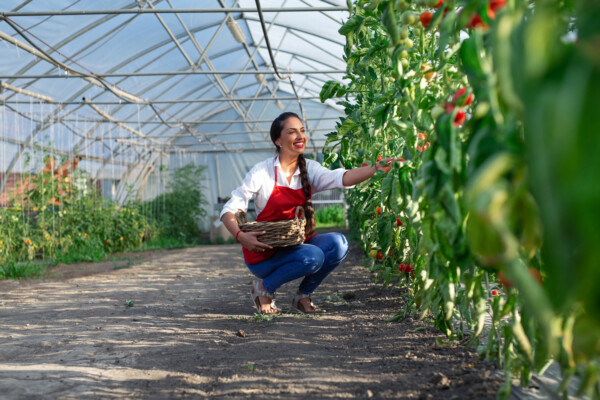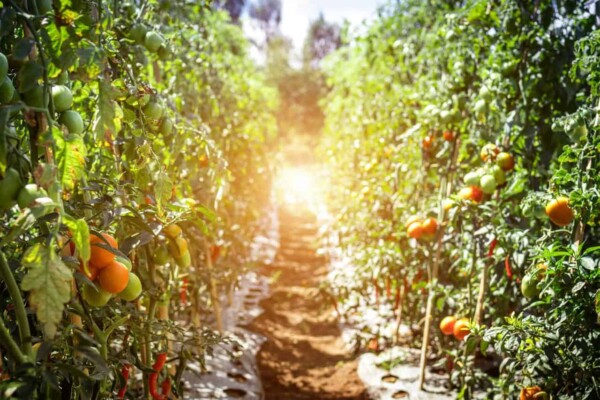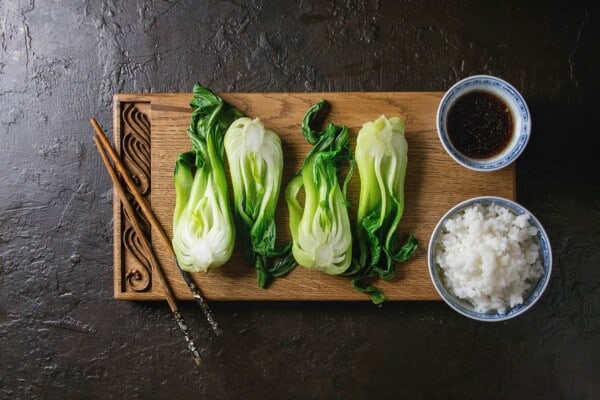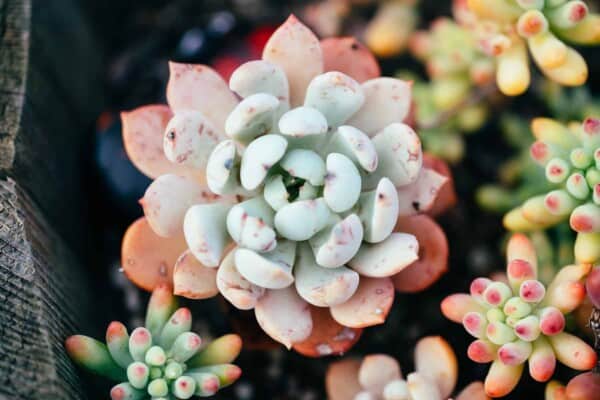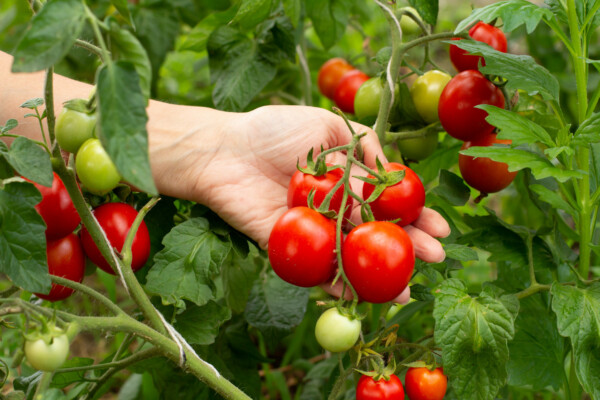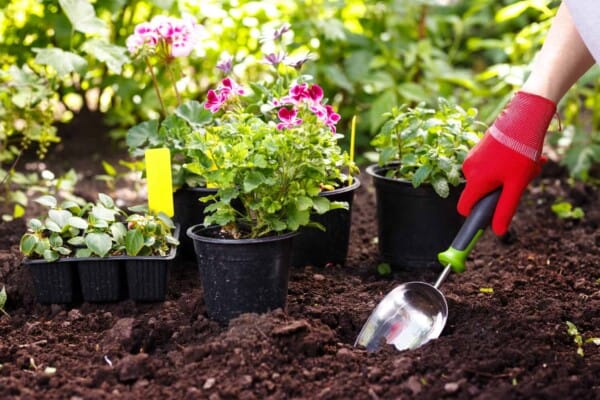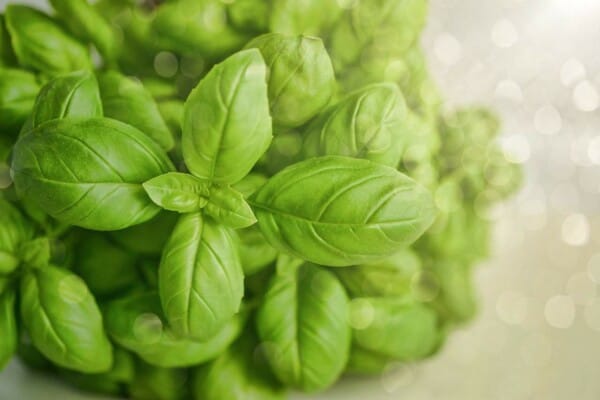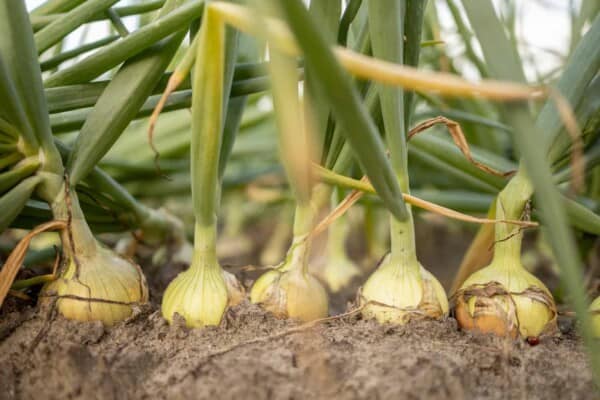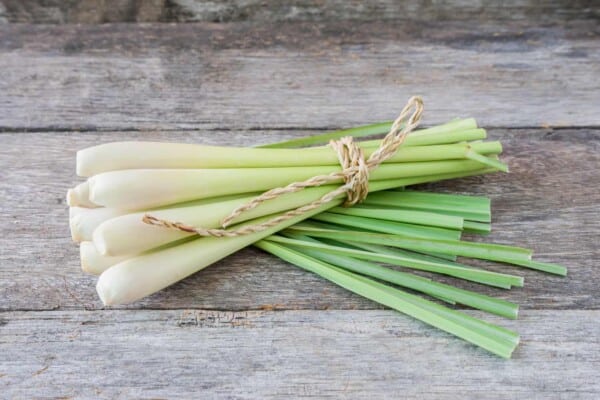There is just something so mesmerizing about planting seeds in your garden, something so stunning about taking these little specks of life and bringing them together to create a whole new lifeform right then and there.
All that you really need is a little bit of moisture and some dirt and you’ve got yourself the power to bring a whole new life into this world. While that may be a bit of an exaggeration considering the “life” that the plant will be having from that moment on will be.. let’s just say less than eventful.
But the question that most likely lingers in your mind now is the following: What can I do with the seed packets that have long passed their expiration date? What can you really do with these plants that are literally “unfit for duty”? Simple, you plant a chaos garden instead.
But what is a Chaos Garden and how can you really make the most out of it?
This is what we’re here to find out as we’ll walk you through 10 different steps that are sure to help explain everything out for you and give you a good idea over whether this is the right plan for you or not.
So, let’s start off with the basics:
What is a Chaos Garden?
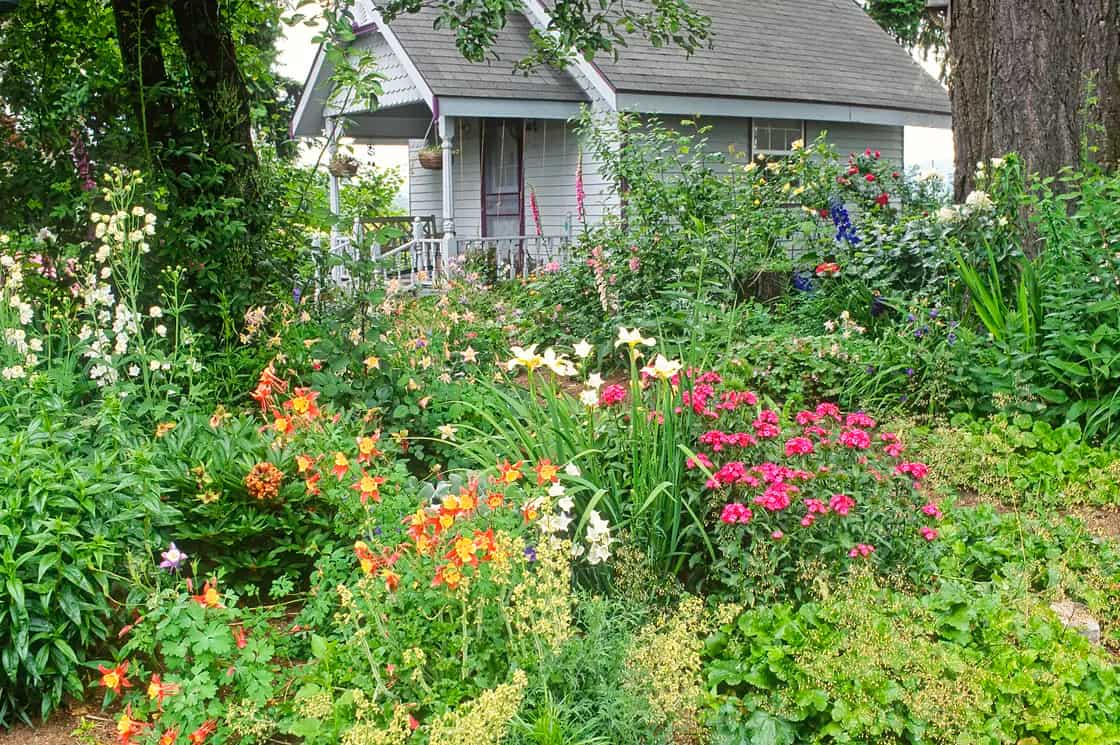
In simple terms, a chaos garden is just an experiment that you can take part in, while also praying to every deity out there that you can make something out of nothing.
You just need to pick up every leftover seed that you haven’t used yet and you roll them all up into neat little package, then you plant them together to see what survives the hunger games from that moment on.
It is rather fun to see which seeds can still be brimming with potential, even so long after their expiration date, and it can also be a very fun little project for you to take part in especially if you want to add more personality to your garden.
Instead of taking the time off to literally write down what you’ll be putting down every inch of your garden we recommend instead that you take the time and just experiment with everything, slamming down all of your seeds and instead just seeing which one will get to thrive in this new environment.
What are some of the benefits that you’ll get to take part in and more specifically what do you need to keep in mind while taking part in this strange new process known as chaos gardening? Let’s find out together:
1. Mixing and Matching
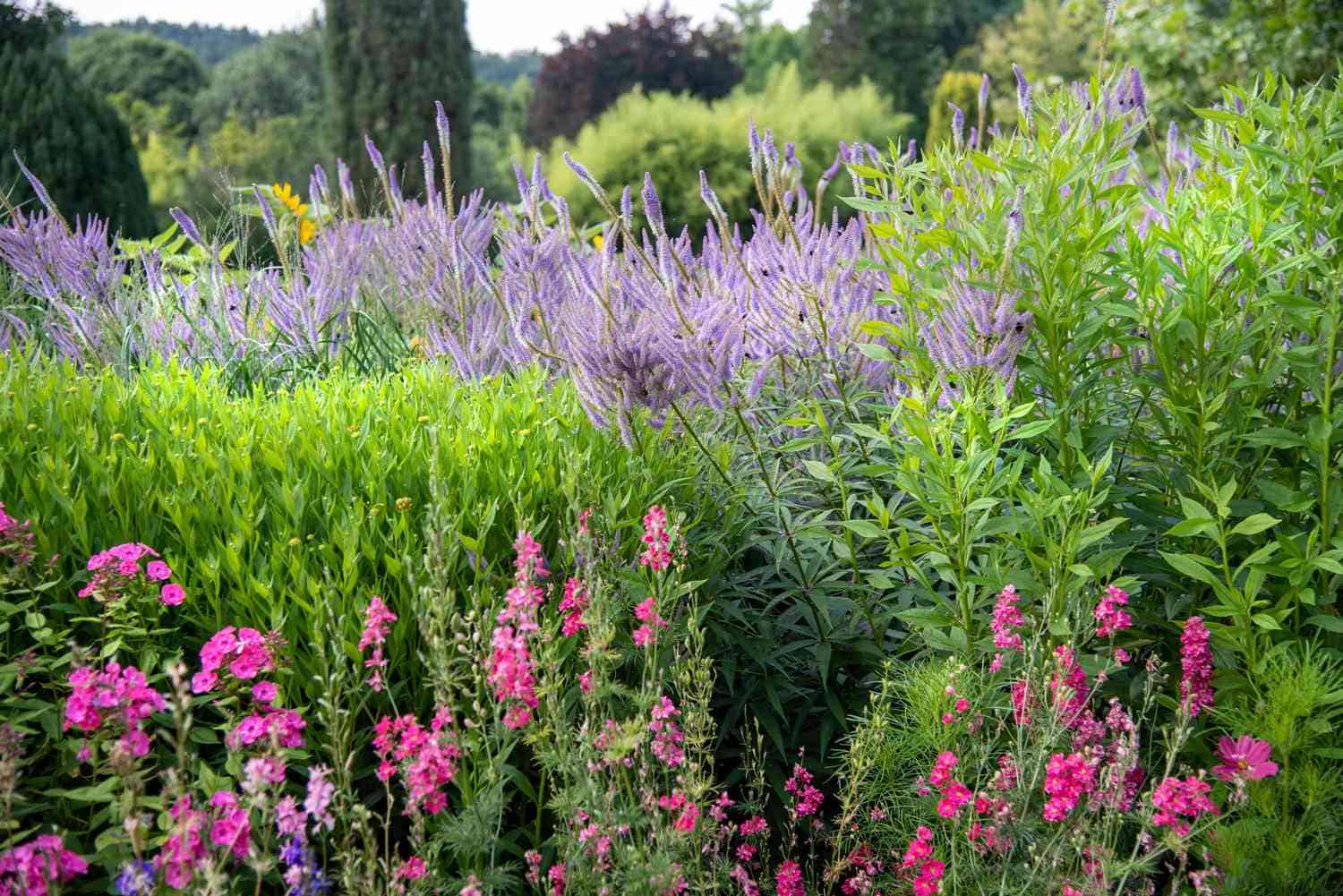
The first step that you will need to take part in is rather simple, you just need to take all of the old seeds that you’ve had on your hands all of this time and just place them in a bowl to see how many you have to work with.
This is a very important step as it is the best way for you to see which of them can still spring up back to life once you plant them, so if there’s no reaction there then it should be about time for you to get rid of them to begin with.
So, get a rather large sized bowl, way larger than the quantity of seeds that you have to work with, and then just pour warm water in it until you’ve covered the seeds in their entirety.
Then you need to wait for a bit, maybe splash them around some more to make sure that they are pulling all of the water that they can, then you can go to sleep and check back up on them 24 hours later.
2. The Simplicity of Chaos
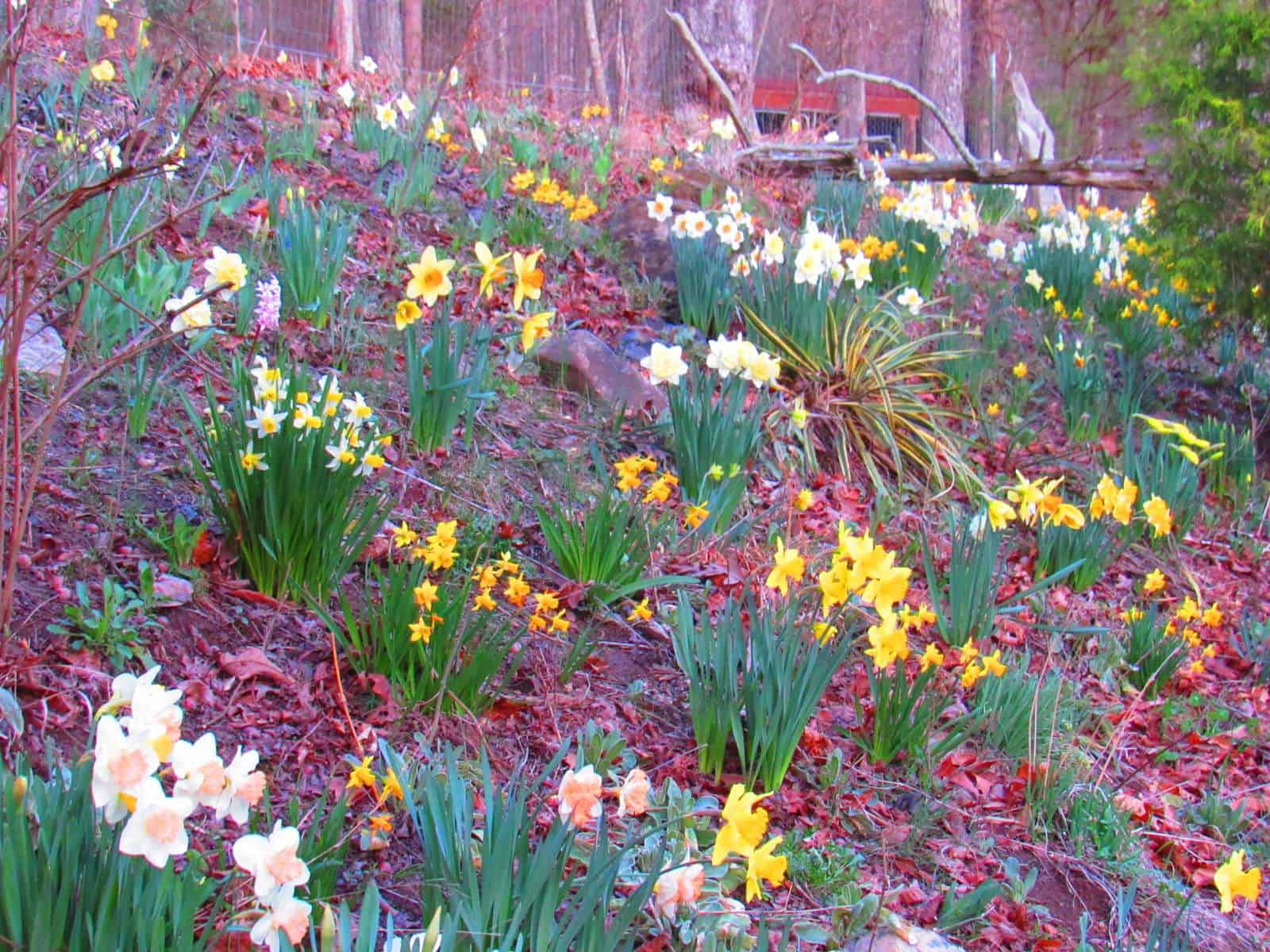
Around this point most people would take the time and organize a certain small portion of their normal garden to set up the chaos garden in. While this is definitely not wrong per se, it is also very unnecessary since chaos gardens don’t really need well-tended soil to grow altogether.
You can just use a garden rake or a hoe to break the top layer of the soil and just create the perfect spot for your chaos garden right then and there. You can even do so on a bare patch of the yard, no need to invest into anything else from this point on.
The best part about chaos gardening is just how simple it really is to get through, most of the time you won’t even need to break the soil in the first place, you’ll be able to just lay down a layer of compost and you will immediately see the seeds grow.
Raised beds are also always great to use but while you’re at it we recommend that you take in an old kiddie pool or any sort of small storage place and you just slap all of the old seeds in there to see them grow to their full potential.
3. Strain, Dry and Plant
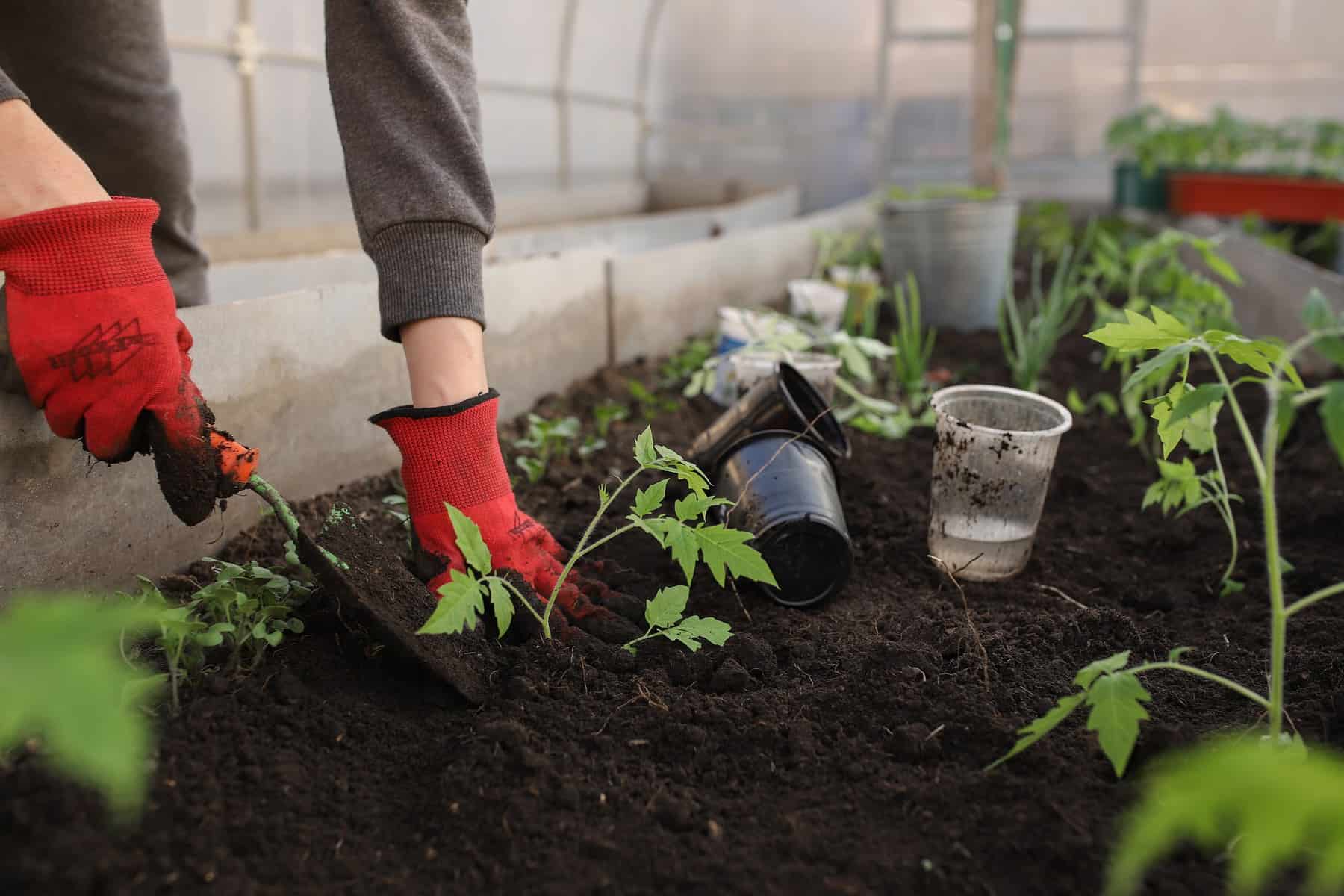
After the seeds have been successfully soaked you need to take the water and get rid of it for now. You can do so using a paper towel, a fine-mesh sieve or a coffee filter.
Immediately after you should take the seeds and place them inside of a dry bowl where you will also add in a cup of potting soil. This is an especially important step as this will help assure a more even distribution of the seeds as a whole.
Just keep in mind that you will also need to spread the seeds and potting soil evenly across the surface later on otherwise this will all be for nothing. If your seeds are too clustered amongst each other you may find that your chaos garden will not be sowing any seeds anytime soon.
4. Choose How Chaotic Your Garden Should Be
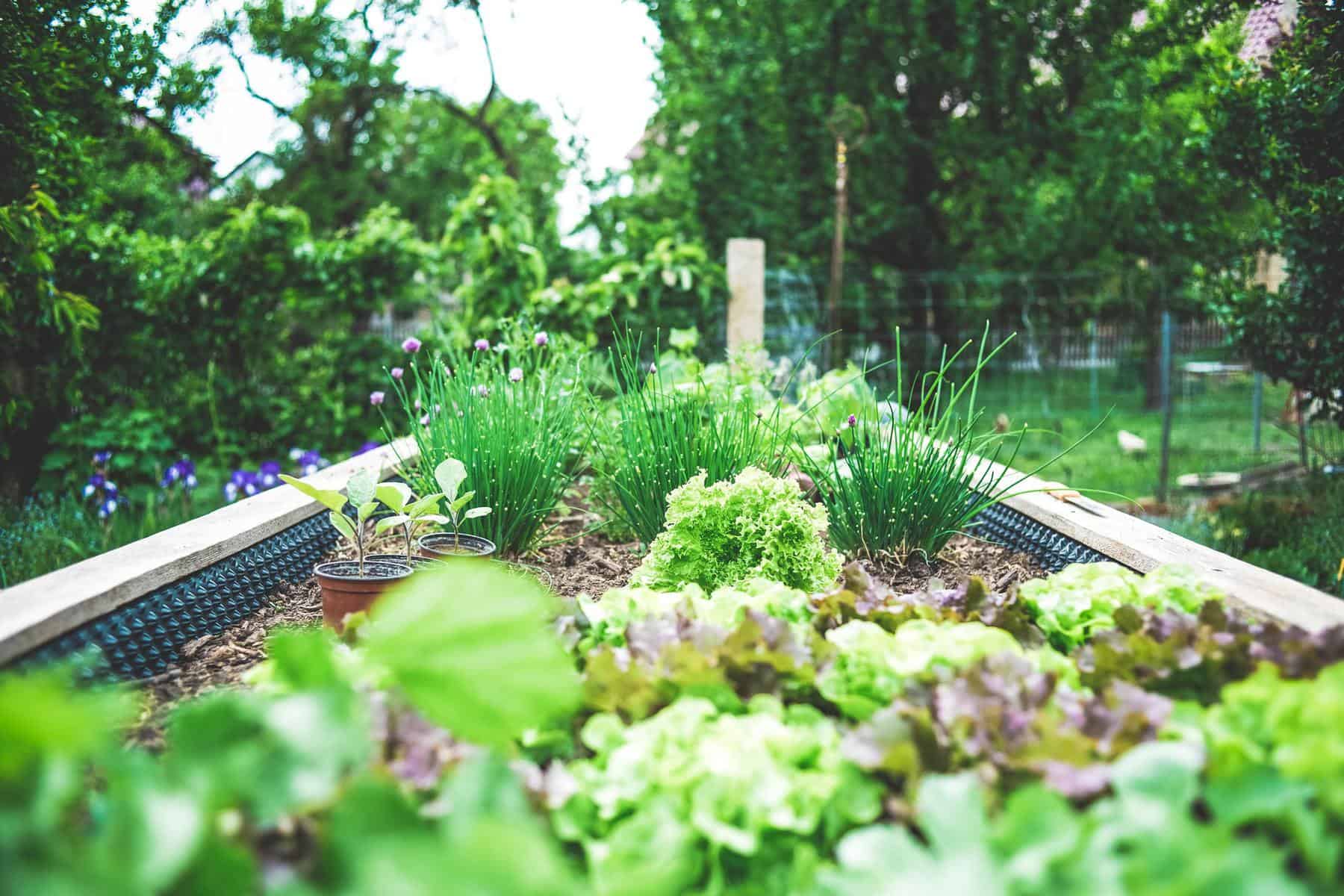
What we mean by this is that now that you’ve planted the seeds in your chaos garden, you need to actually decide on whether you want nature to run its course or if you would rather give your new garden a helping hand to make sure that it is a successful experiment.
The first option here is very much so still a viable choice as it can still be just as effective as the second one, but it is also a lot riskier as you can easily end up doing all of that for nothing if you’re not careful. Doing nothing is always an option but it is not necessarily recommended as nature can easily end up messing up here, leaving you with an empty pot of soil here overnight.
What you can also do though to improve your chances of having successfully grown your chaos garden is you can actively take part in its growth by watering it every now and then, fertilizing it and even thinning out the seeds that don’t seem to have a chance of growth in the first place.
All of this is optional though as you can still take the time and not do any of it if you don’t want to. Many people choose to do nothing and it really pays off to them but at the same time many people end up with an empty garden as well.
It all depends on how far you’re willing to go to ensure that the chaos garden will grow. Remember that even with all of your support it can also result in no seeds actually growing since you’re already taking a gamble with it.
So, just keep that in mind as your effort may go unnoticed if you get unlucky enough but it can also result in you getting your hands on a very impressive chaos garden. After all, we did mention that the concept of the chaos garden is very much so one based on pure luck.
5. Genetic Diversity is Key
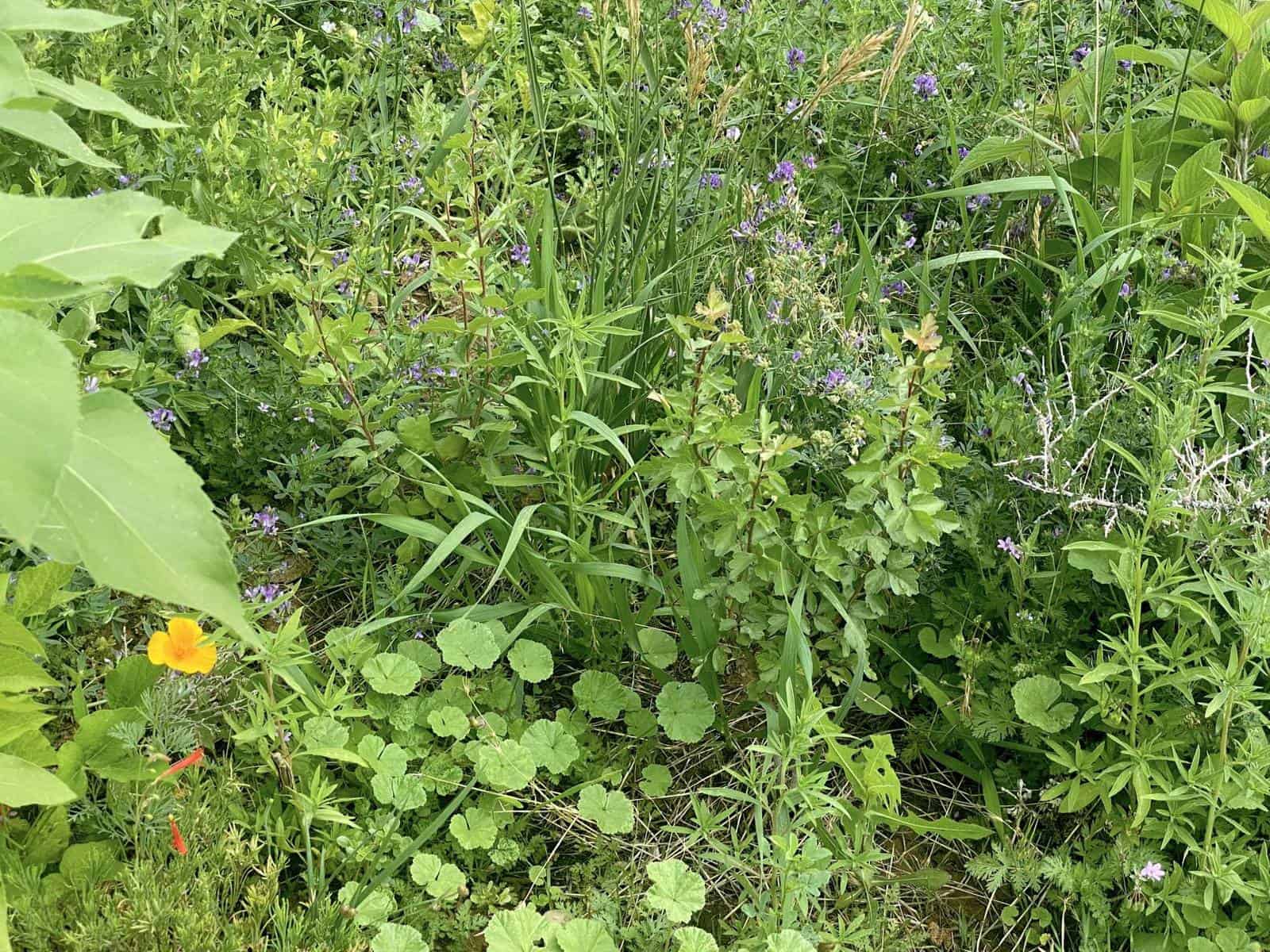
Depending on what you chose, you can get different degrees of success out of your experiment. Once all of the seeds have started to germinate, you need to take the time and actually see what form of farming you will employ to get the results you’re aiming for.
We honestly recommend that you utilize monocrop agriculture to get to the bottom of this as it is by far the simplest and most successful method out there as far as we know.
In case you didn’t know by now, pinning a whole lot of seeds from the same species is nowhere near as successful as planting different species altogether, which is exactly what monocrop agriculture is all about.
You may want to ignore this step and just slap every seed in the crop while not really caring about whether they are too close or far from one another since not all of them will be growing in the first place.
While this may still end up working in your favor, if your seeds will start germinating properly and they’ll all start to grow simultaneously, things will get very complicated very fast as they won’t be able to grow to their maximum potential.
Way back in the 1800s, a man of science named Charles Darwin speculated the fact that genetic diversity is needed among grasses in a study titled “On the Origin of Species”, and lo and behold, almost two hundred years later his theory was confirmed by the University of Toronto.
They stated that after starting their own experiment, the researchers were able to confirm the fact that the environments in which the seeds were distantly related to one another were far more successful than those that were closer related to one another.
In simpler terms, the more diverse the ecosystem is, the more likely they are to grow up healthier and be more productive as a whole, which is very good news for your chaos garden to say the least.
6. Sort Them Out
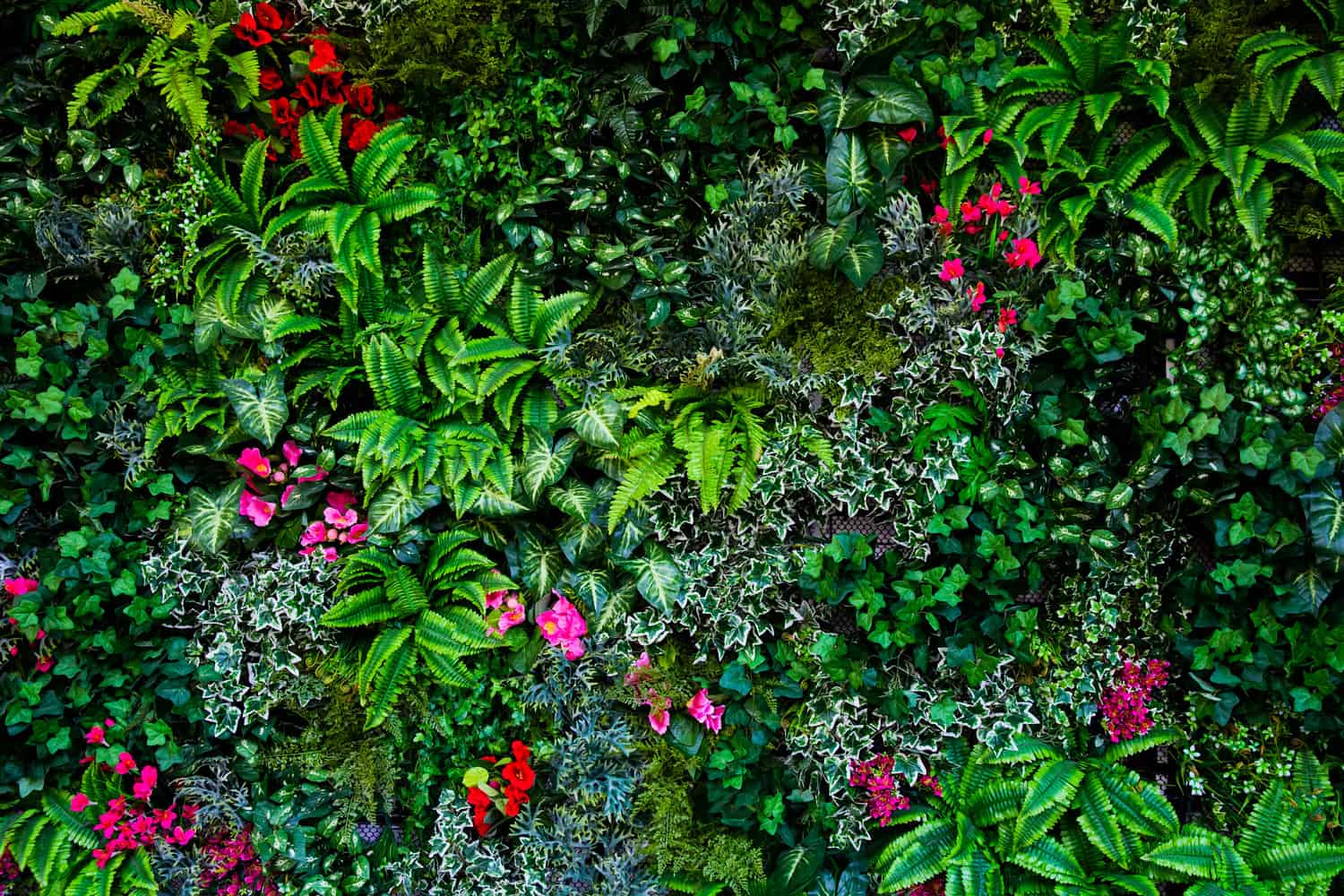
While the main idea behind a chaos garden is to just throw in everything and see what sticks, especially since you are usually using a wide array of plants and weeds that have pretty much already outlived their expiration date, you will still need to be smart about it and sort out the seeds before you set them on their way.
For example, you need to take larger seeds such as corn, beans, melons and squash and plant them first since these are more likely to be the first to grow from the batch.
You can take and scatter them one by one and then cover them up with around half an inch of soil or such.
After you’re done with this you need to take the smaller seeds such as greens, peppers and tomatoes and you can start scattering them away and cover them up too.
Use a rake afterwards to distribute them better and keep in mind the distancing that you will need to make use of to make sure that they can properly grow without invading one another’s space. While you’re at it we recommend that you also add in a few flower seeds for aesthetic reasons.
7. Get Rid of the Excess Seeds
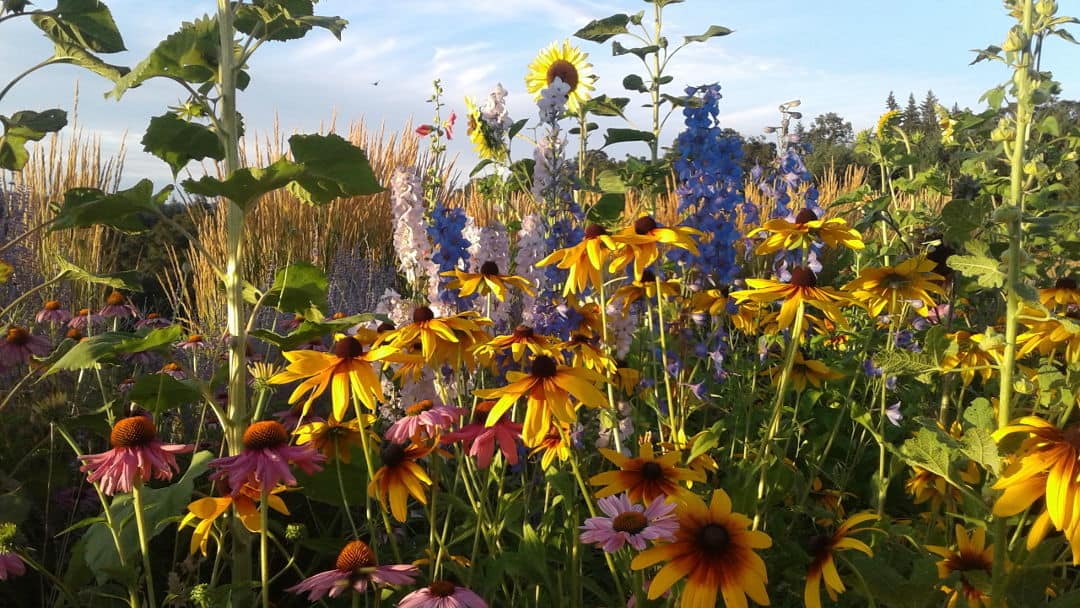
Once you’re done with that part all that you need to do is you need to get rid of the unsuccessful parts of the experiment which in this case is the seeds that either stopped growing or they didn’t grow in the first place.
This is entirely optional as your other plants can still grow just as well even with their unsuccessful counterparts, but if you want to clean up your chaos garden a bit and perhaps make it look more aesthetically pleasing, you can clean up the garden a bit and only leave the true beauties to shine.
8. Play Mother Nature’s Helper
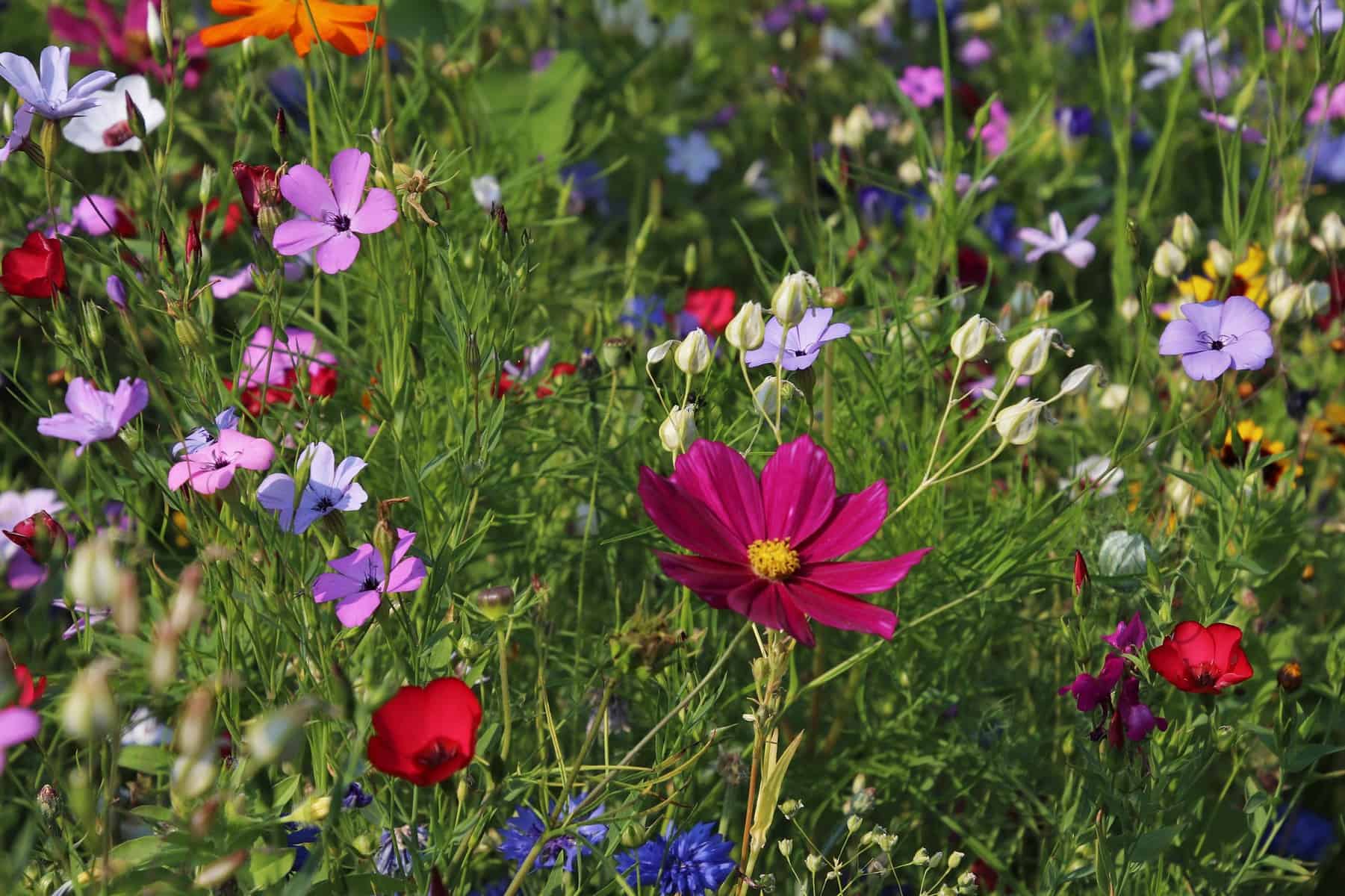
This may seem like a no brainer but we still believe that it is a very important part of growing your garden as even though your plants may be thriving, they will still need your help every now and then to not lose out on any of the potential that they have.
Maybe start off by thinning out the baby greens for salads, space them out a bit further to make sure that they’re not too close to one another and while you’re at it, make sure to always water them and check up on them to not end up with a failed experiment.
9. Different Heights Require Special Help
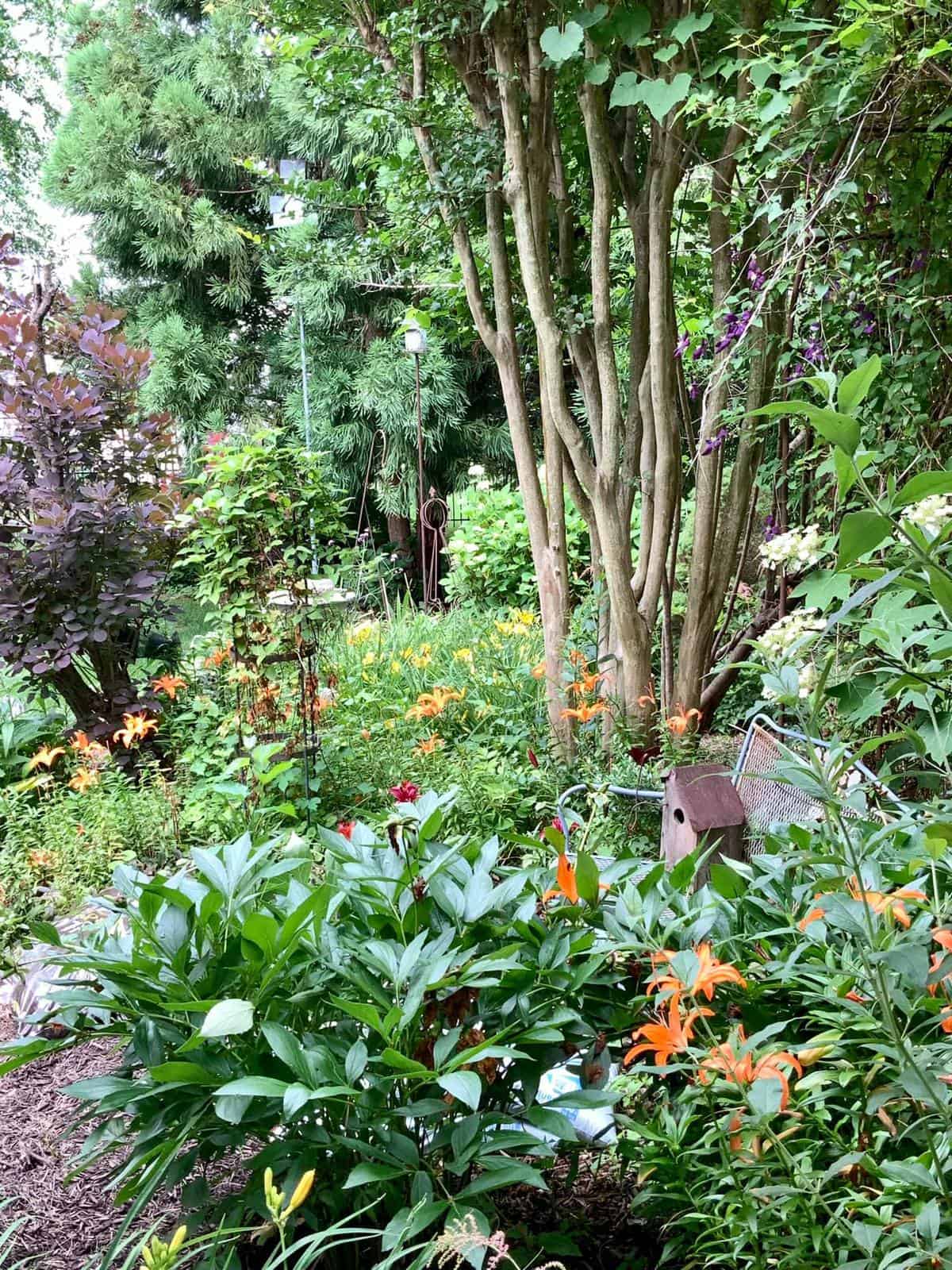
In case you didn’t know by now, once you’re done with the planting process you should know that depending on the height of the plants themselves, you will need to treat the plants differently to say the least.
Take for example tomatoes or cucumbers, these are significantly taller and larger crops that will need a lot more space to grow in, they can be trellised up which means that you can still have smaller crops around them but you can’t grow any other tall species around them.
Smaller crops on the other hand can still grow even if they are right around one another, although we highly recommend that you still give them a little room to grow in simply because that will maximize your chances of actually having a successful experiment here.
10. Feed the Excess to Your Farm Animals
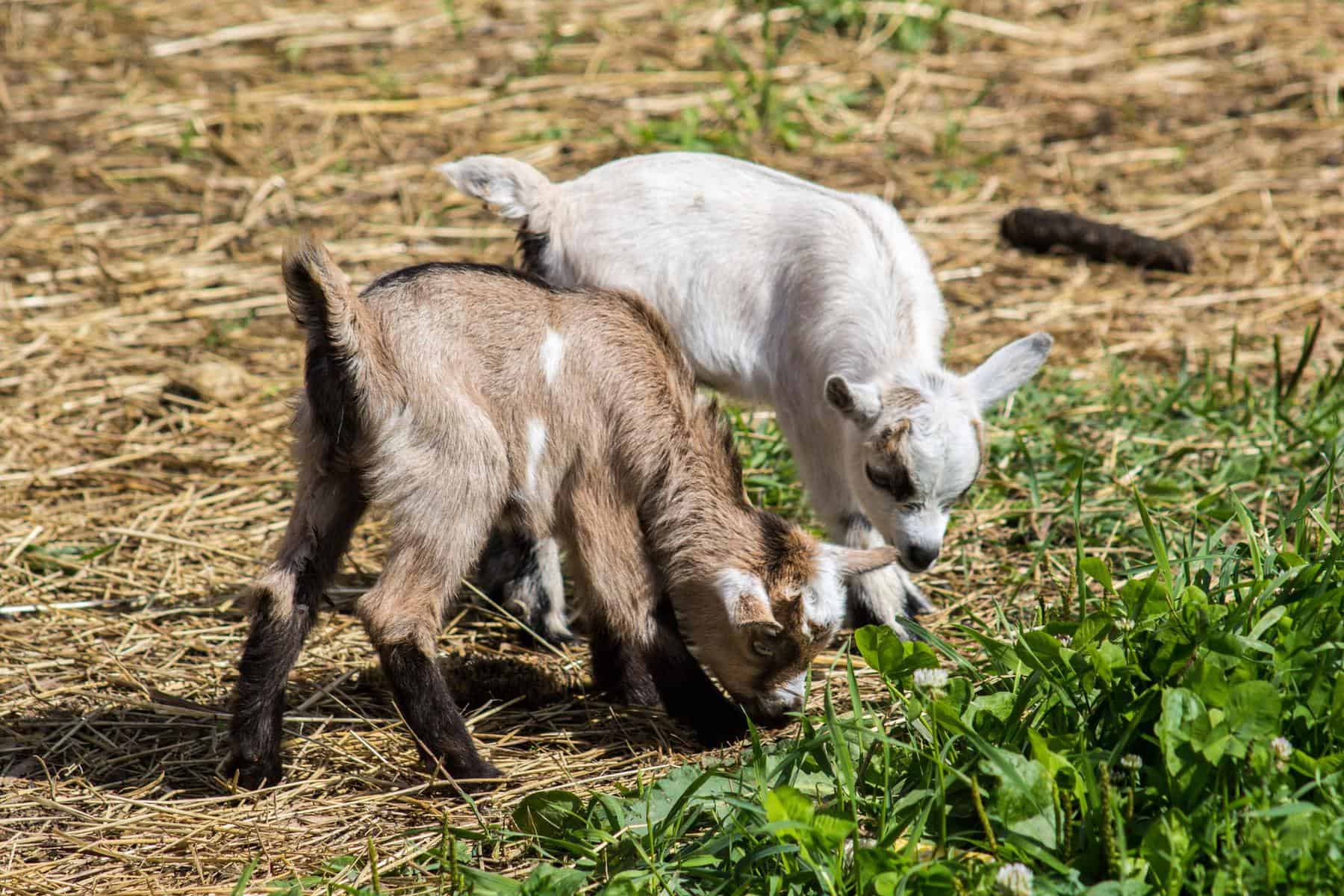
Since this is an experiment after all, you need to keep in mind that a large majority of your plants will not be successful to begin with, a lot of them will end up as mushy excess that you won’t actually get any use out of.
What should you do with these? It’s simple, really, anything that sticks out to you should be fed directly to your farm animals so that it doesn’t really go to waste. Pigs are very good at this part of the process as they can eat out any leftover vegetation and root anything out that you don’t need anymore.
It may be a bit sad to see that your experiment is a failure as a whole, but just remember that those excess seeds were already pretty much useless to you, so whatever seeds you can sow from this experiment can still qualify as a success in our book.
Conclusion
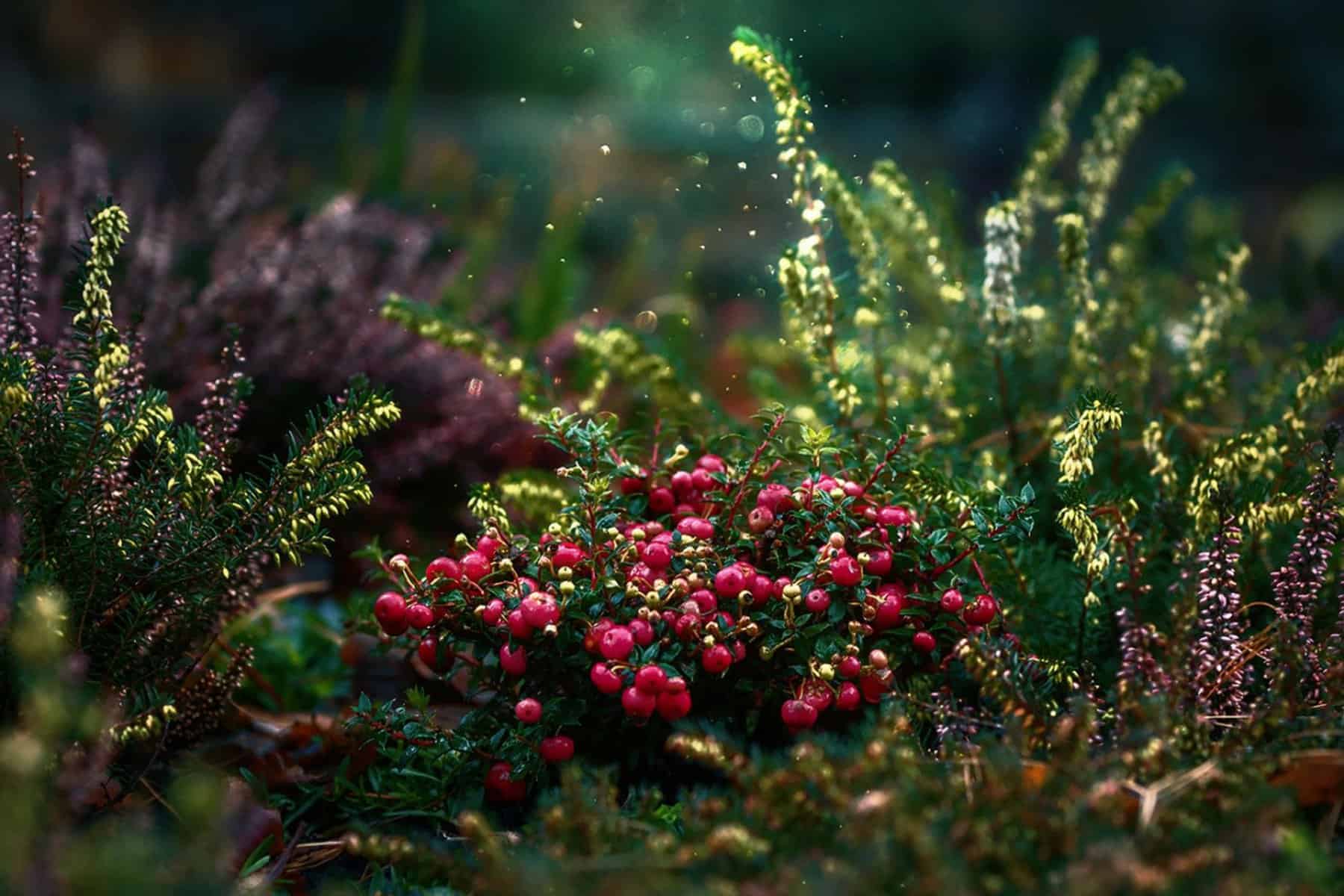
So, just to reiterate, should you actually try your luck at growing a chaos garden or should you stick to the traditional garden style that we’ve all come to love by now?
Honestly it depends on you, at the end of the day your farm is your own playground and the garden that you choose to opt for is always up to you and your end goals.
Most people are afraid of going for a chaos garden because of the luck factor that goes in the process itself, but we recommend that you still give it a try especially if you do have a lot of excess seeds that you haven’t gotten any use out of so far and that you’re planning to get rid of anyways.
If your experiment will prove to be a success though you’ll find that the chaos garden that you’ve helped create is just as stunning as any other type of garden out there and honestly, is there any better feeling than that?
This is what we do gardening for and if you’re happy with the end result that’s all that really matters at the end of the day, isn’t it?
Contents
- What is a Chaos Garden?
- 1. Mixing and Matching
- 2. The Simplicity of Chaos
- 3. Strain, Dry and Plant
- 4. Choose How Chaotic Your Garden Should Be
- 5. Genetic Diversity is Key
- 6. Sort Them Out
- 7. Get Rid of the Excess Seeds
- 8. Play Mother Nature’s Helper
- 9. Different Heights Require Special Help
- 10. Feed the Excess to Your Farm Animals

